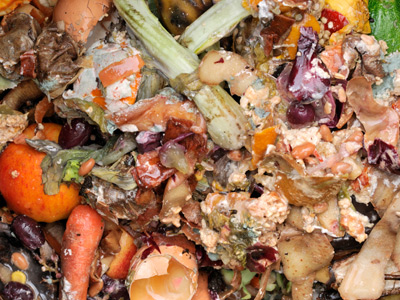

Biology - Waste Management (AQA)
In GCSE Science students will look at energy and biomass in food chains. This is the second of three quizzes on that subject and it looks specifically at the decay and recycling of dead and waste material, or waste management.
When we think of waste management we think of dustbin men and litter pickers. Many trees shed their leaves each year and most animals produce droppings at least once a day. All plants and animals eventually die so why are we not knee-deep in leaves, droppings and dead animals in the countryside? Is there someone who goes round cleaning up?
Of course not! It all happens naturally as part of the cycles of life. Waste and dead material will naturally decay. Microorganisms play an important part in decomposing waste material and animal carcasses so that the chemicals from which they are made can be used again by plants. The same material is recycled over and over again and can lead to stable communities.
Ready for more?
not all...
quizzers. Try to win a coveted spot on our Hall of Fame Page.






